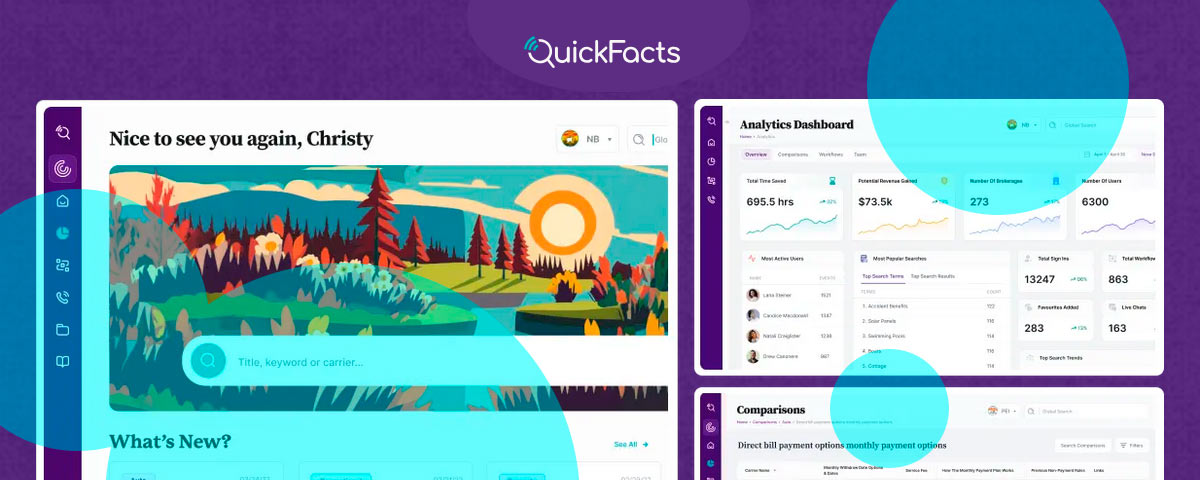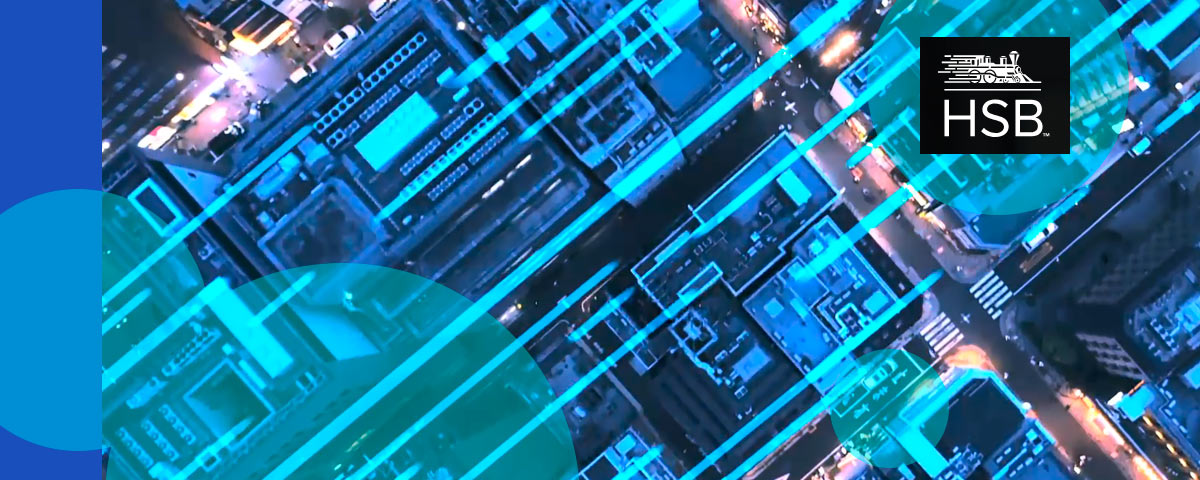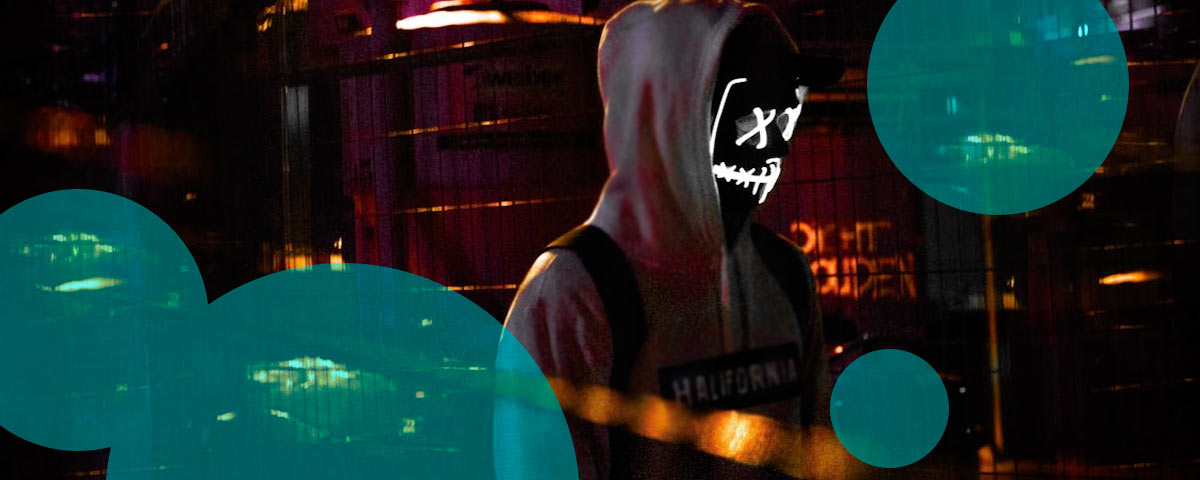Aon highlights new trends in cyber threats across the Asia-Pacific region. The data draws from Cyber Quotient Evaluation (CyQu) scores provided by over 3,000 clients during 2024, spanning Asia-Pacific, EMEA, Latin America, and North America.
CyQu, currently used by more than 20,000 client users, tracks risk management practices and cyber preparedness, offering insights that support both risk assessment and insurance underwriting.
The report confirms a 30% year-on-year increase in cyber incident frequency across Asia-Pacific in 2024. Compared to 2020, the growth reaches 134%.
Claims tied to cyber events rose by 22%, largely due to more advanced tactics used by attackers.
Deepfake tools, powered by artificial intelligence, have triggered a sharp rise in social engineering incidents. Related claims have spiked 233%.
Reputational damage is also gaining prominence. Some cyber events have drawn widespread public attention and resulted in average shareholder value losses of 27%. These trends reflect not only increased frequency but also broader business impact.
In India, the risk landscape continues to shift as enterprises integrate AI technologies into operations. Attackers are exploiting vulnerabilities in this transition phase.
Common methods include deploying malicious code, extracting credentials from corporate devices, and attacking cloud-based infrastructure.
Once inside, they move laterally through networks to maximize disruption. Ransom-driven attacks remain widespread, with data theft often followed by blackmail.
Insurers in India are revising their underwriting approach. The focus has moved toward evidence of cybersecurity maturity rather than requiring full control implementation upfront.
Insurers increasingly accept clients with evolving security systems, provided they present a clear plan for improving internal defences.
Cyber underwriting across the region is adapting to match the pace of threat development. Static questionnaires are being replaced by detailed evaluations of a firm’s digital architecture.
Aon reports that insurers are now more likely to consider applicants who demonstrate progress—even if their controls are not yet fully in place.
Prasanna Kumar, head of cyber solutions at Aon India, said that while AI adoption presents business advantages, it also introduces serious risks.
He pointed to data poisoning as a critical concern, potentially compromising the reliability of AI systems. Deepfake content, he noted, now plays a role in more sophisticated attack campaigns.
To respond effectively, Kumar recommends organisations conduct regular system audits, train staff on emerging threats, and improve threat detection capabilities.









